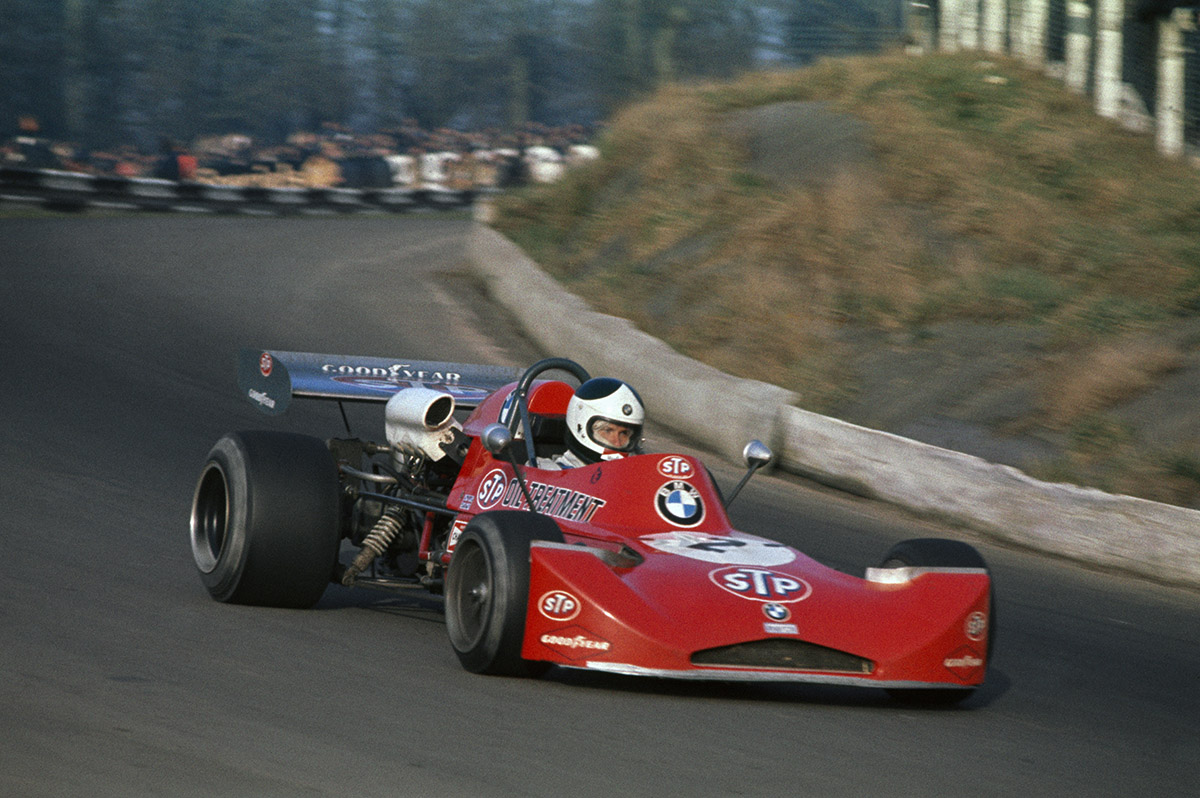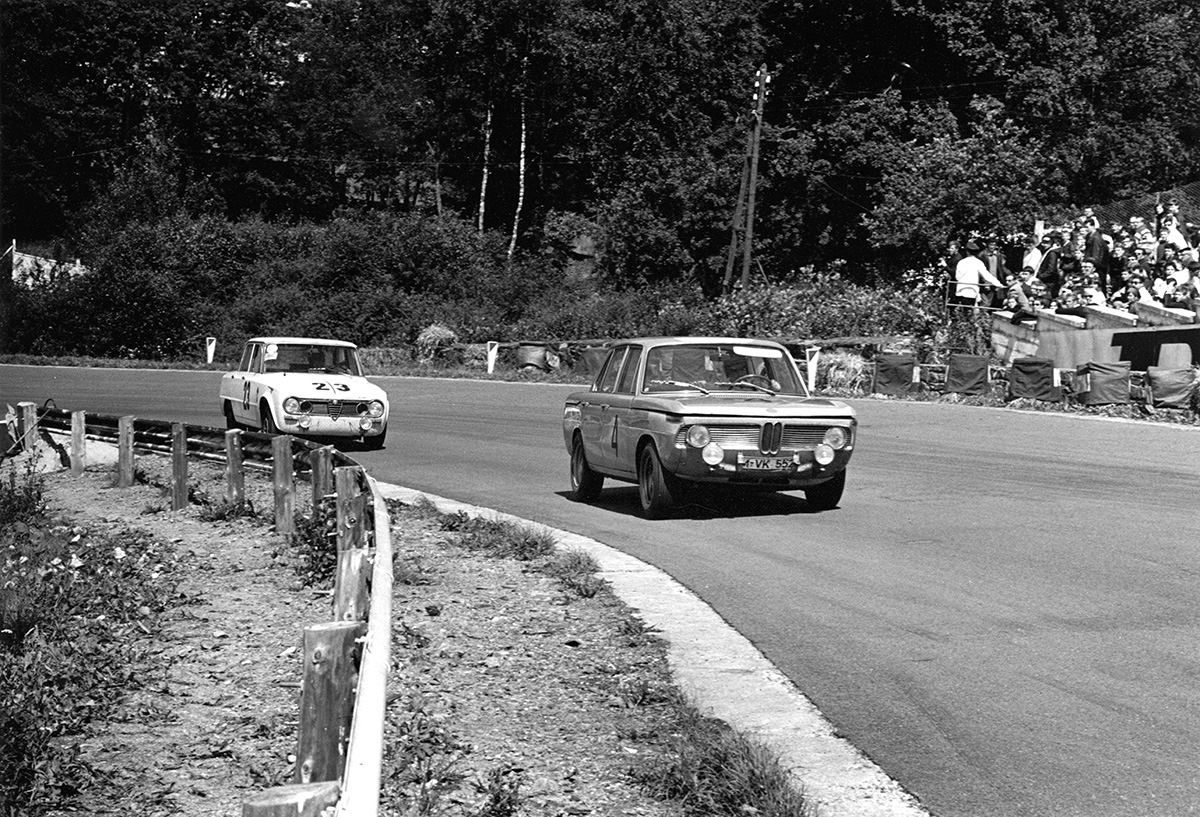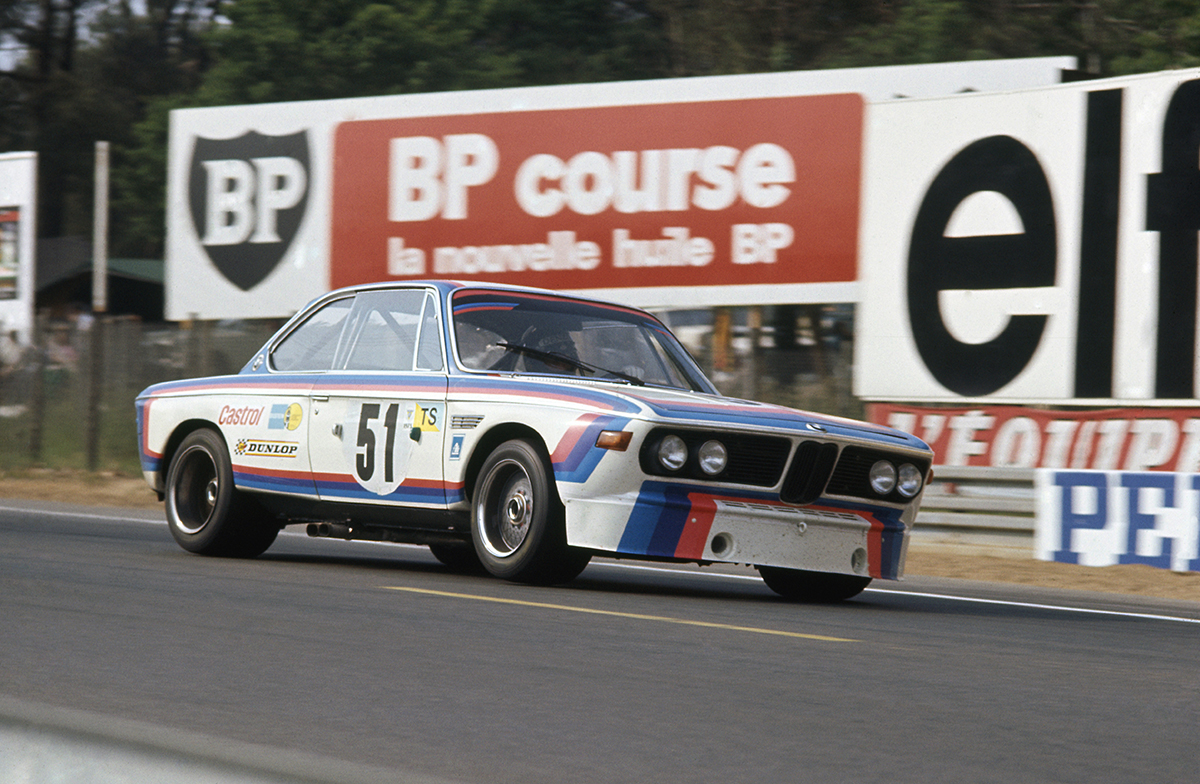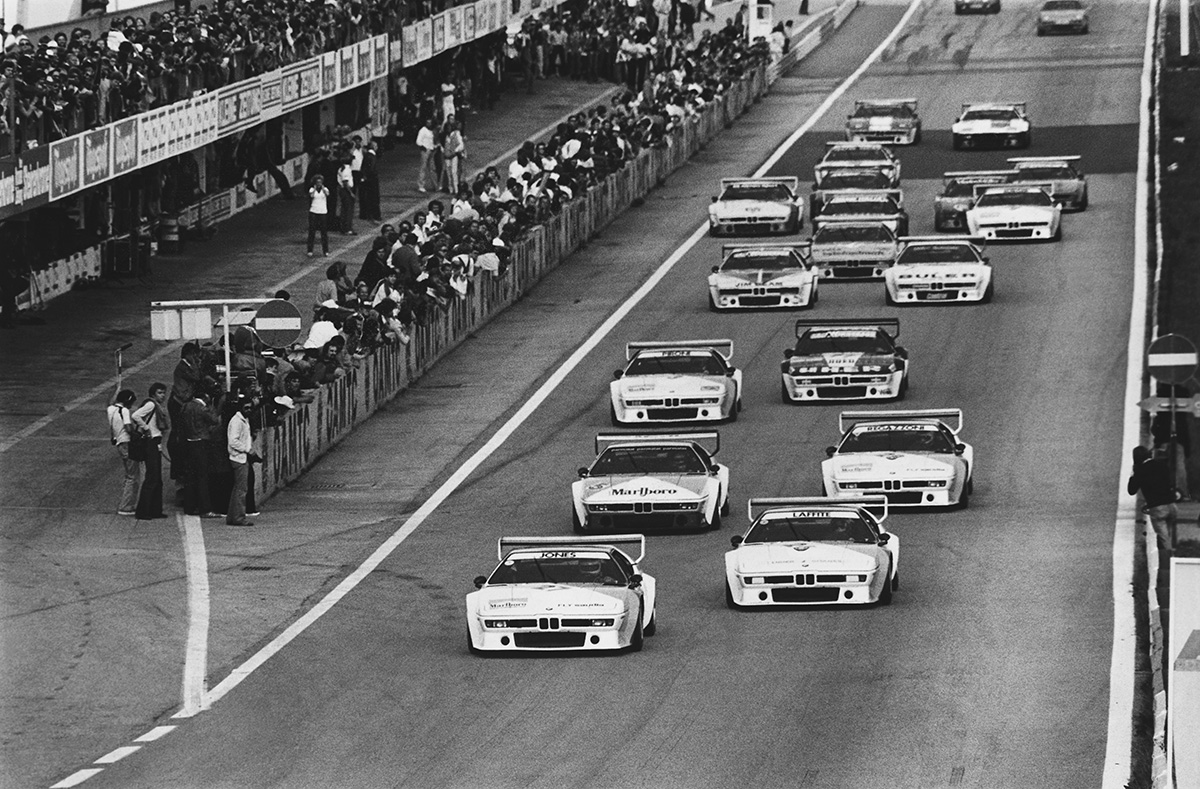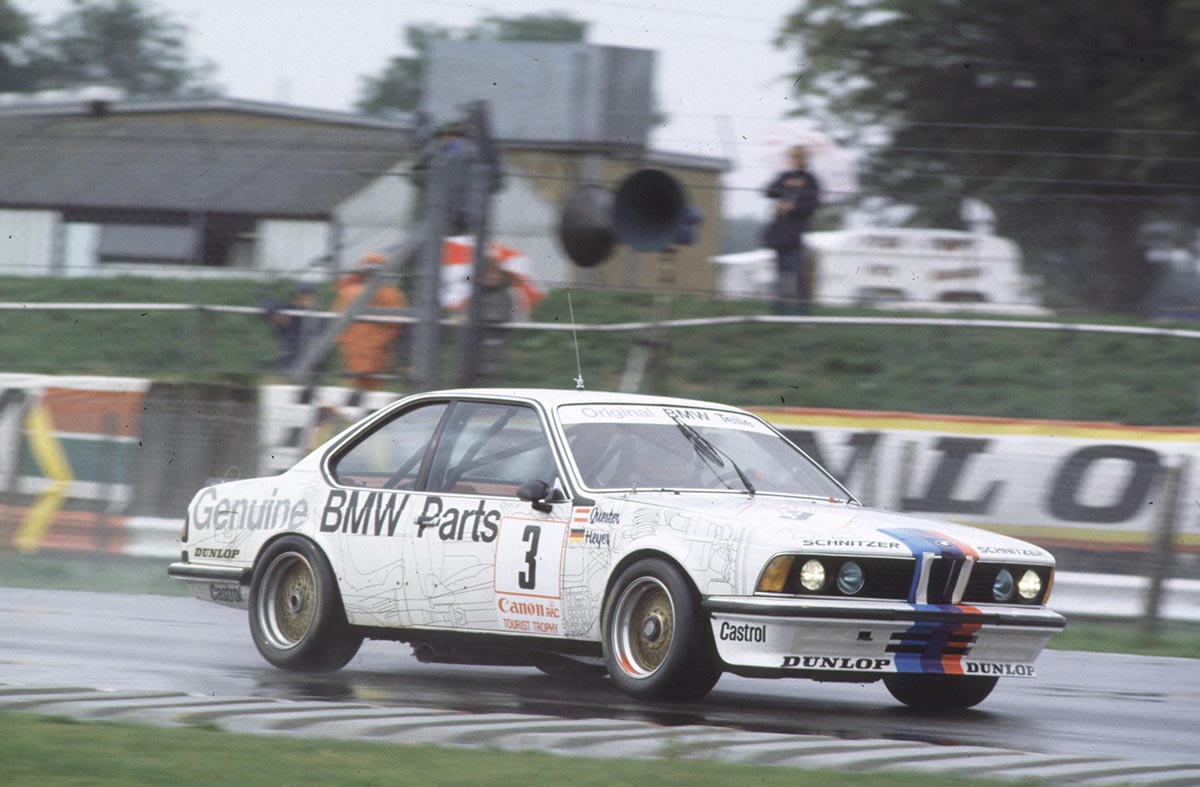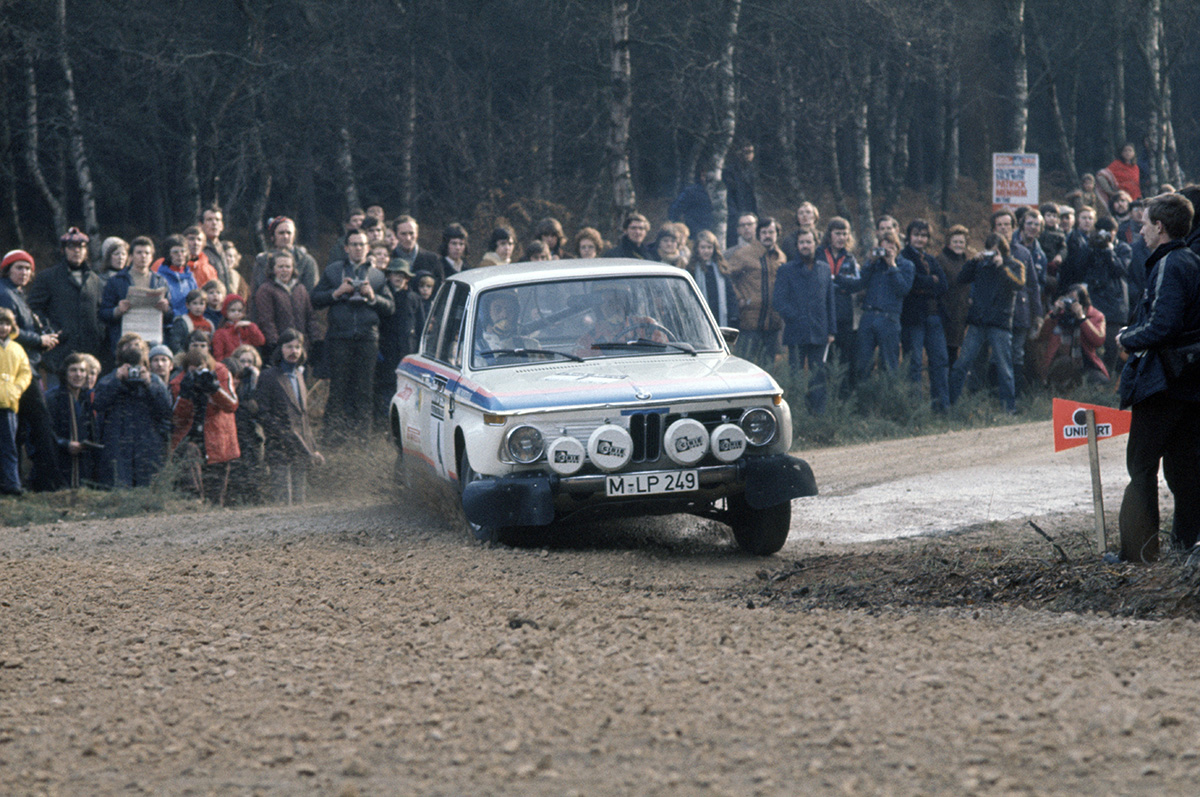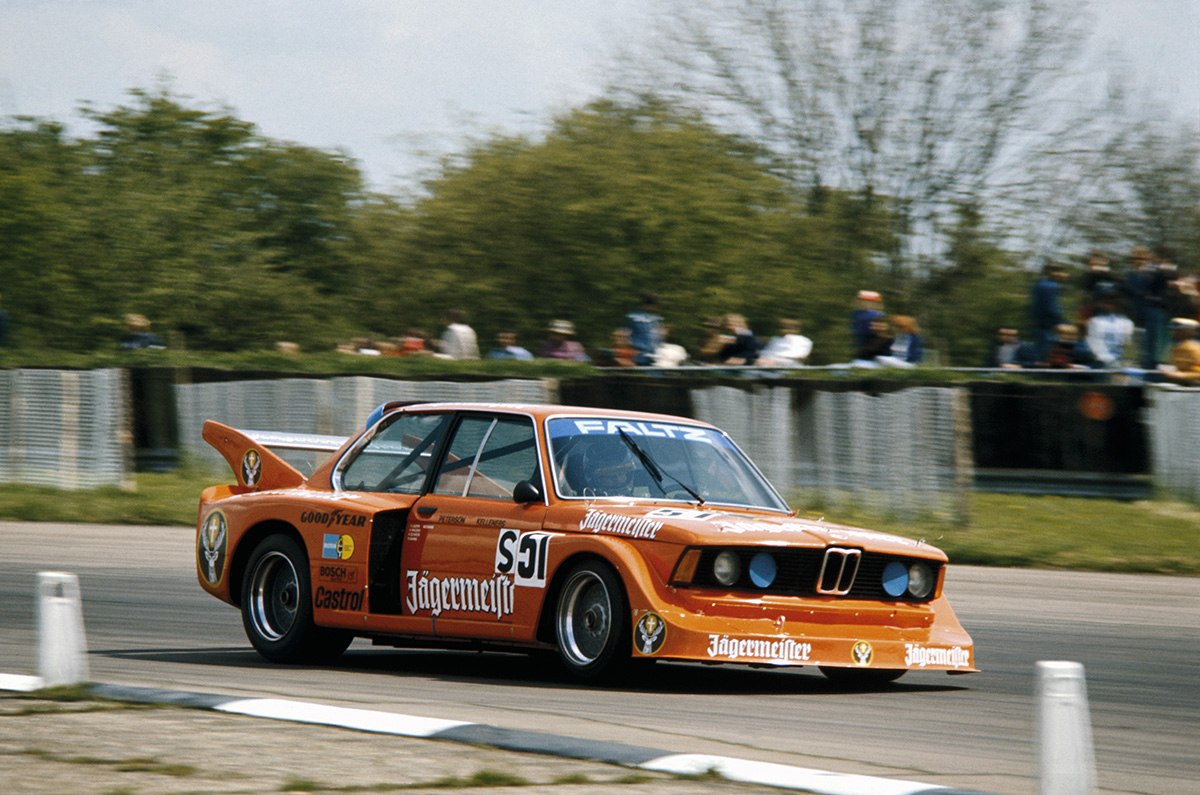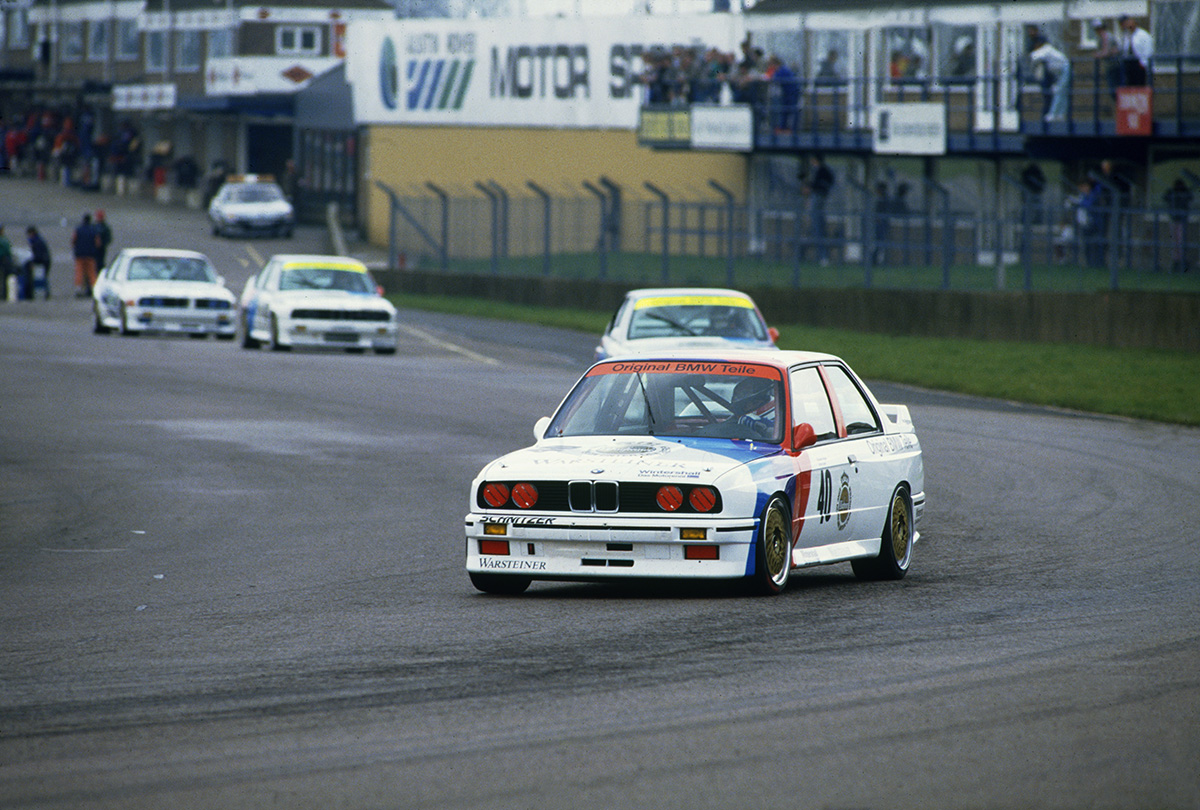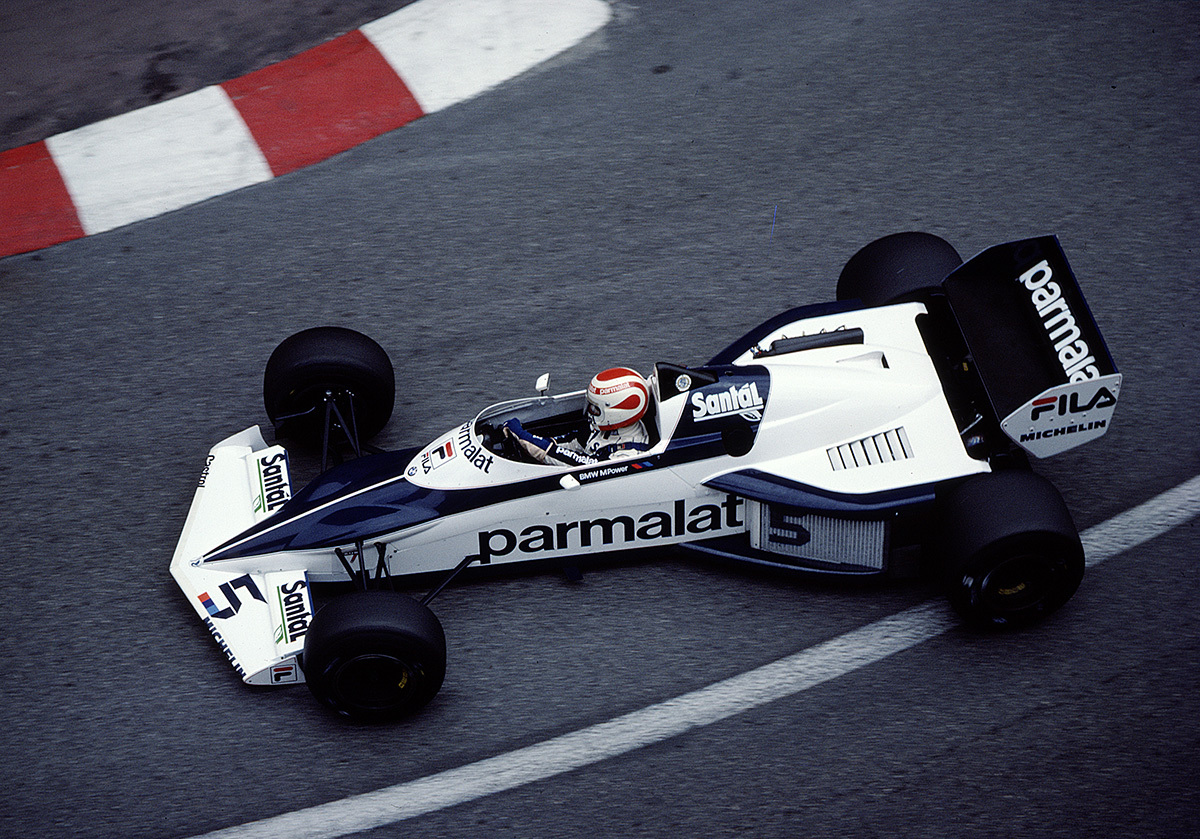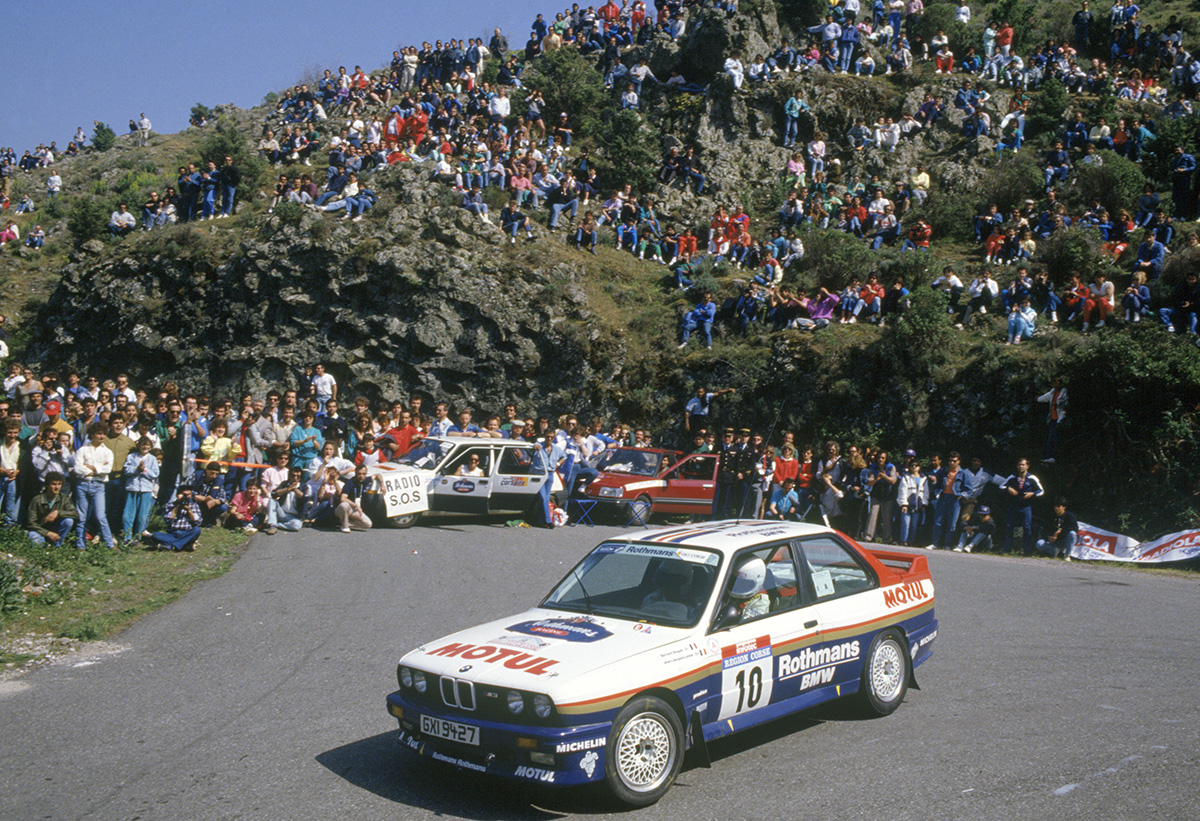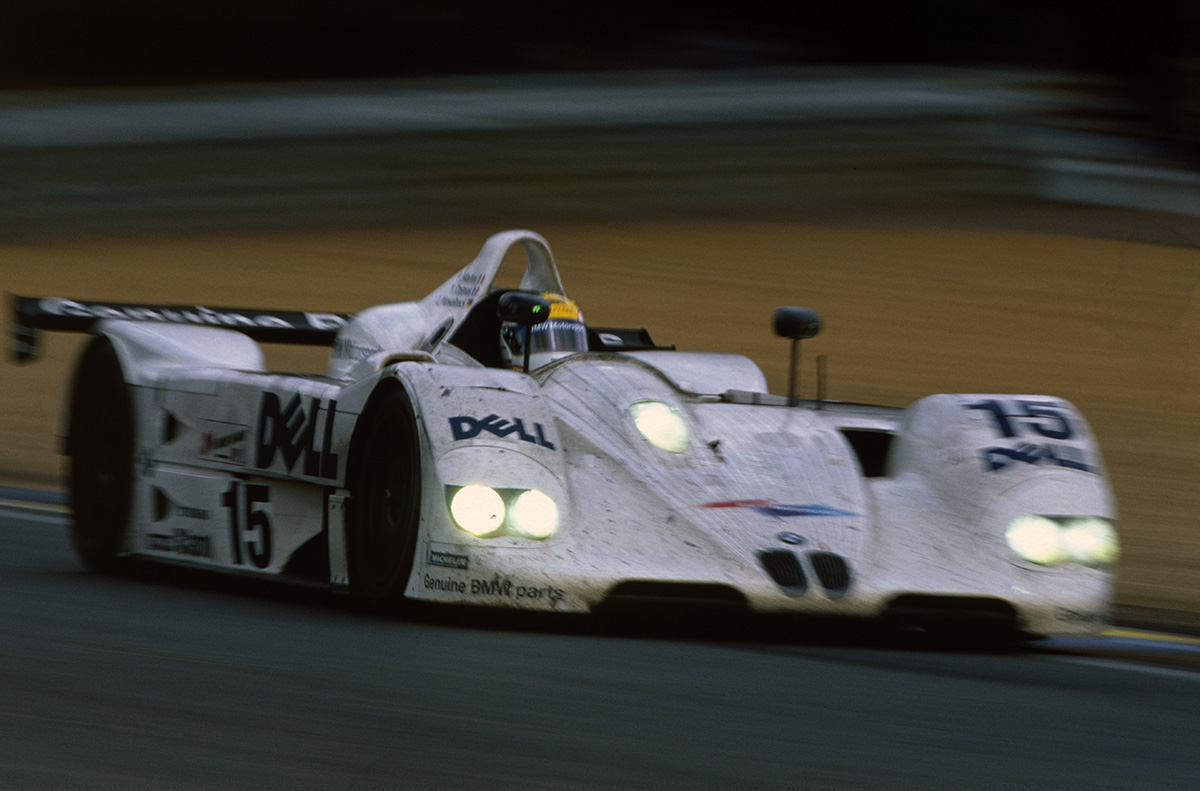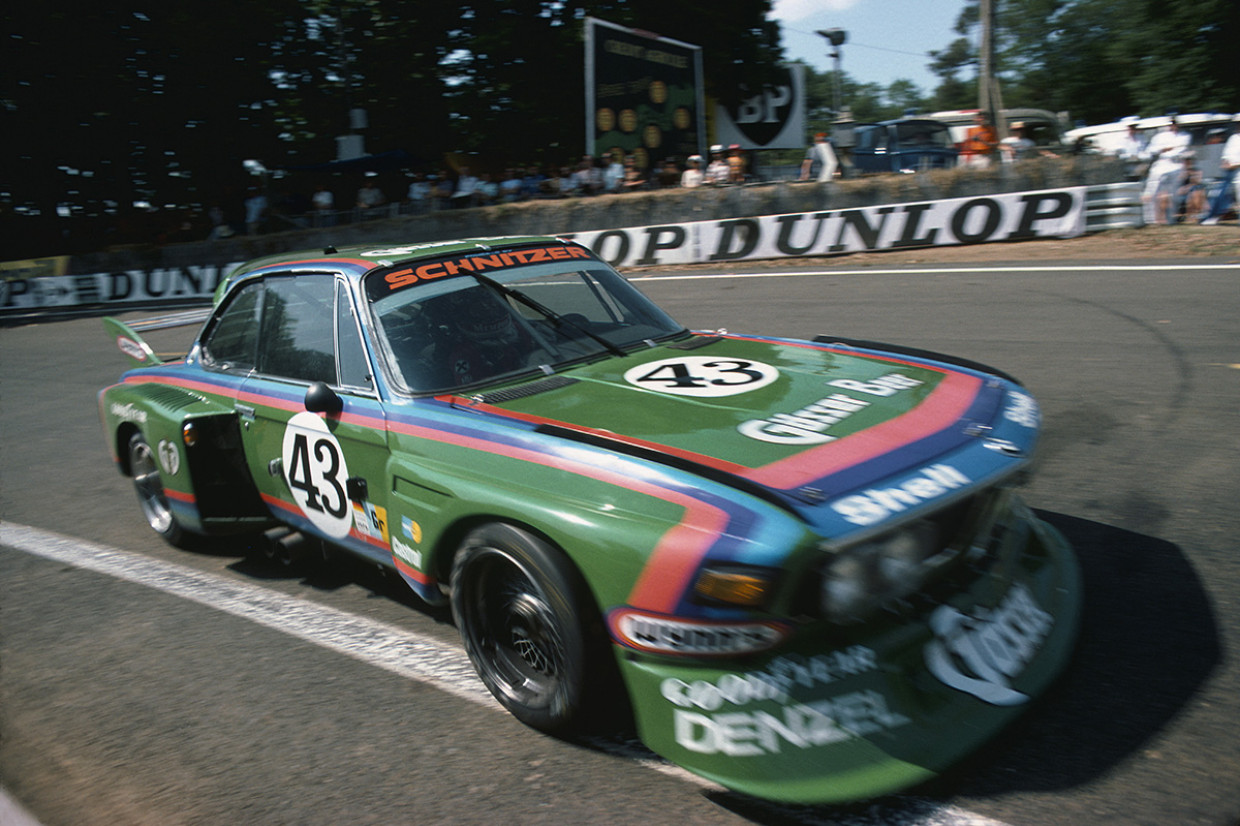
From its beginnings creating industrial engines, aircraft components and motorcycles, BMW has grown into one of the largest and most successful automobile manufacturers in the world. Its transition from post-war producer of practical economy microcars to leading luxury sports cars has yielded a plethora of cutting-edge designs, many of which tested their mettle on the race track.
From cars such as the Mille Miglia-winning 328 and Le Mans-conquering V12 LMR through to the ferocious 1400bhp M12 engine of the turbocharged era of Formula One and the McLaren F1’s S70/2 powerplant, BMW has pushed the envelope of competition and engineering for 100 years.
One of the Bavarian firm’s earliest motorsport successes came via Fritz Fiedler’s 328, which was built between 1936 and 1940. The model racked up more than 100 class wins in 1937 alone, including in the RAC Tourist Trophy at Donington Park. The following year it became a class winner in the Mille Miglia, and just before the outbreak of war in Europe a trio of roadsters was entered into the Le Mans 24 Hours, where they topped their class. The best-placed 328 came fifth overall, just behind the more powerful Lagonda V12s of Lord Selsdon and Arthur Dobson.
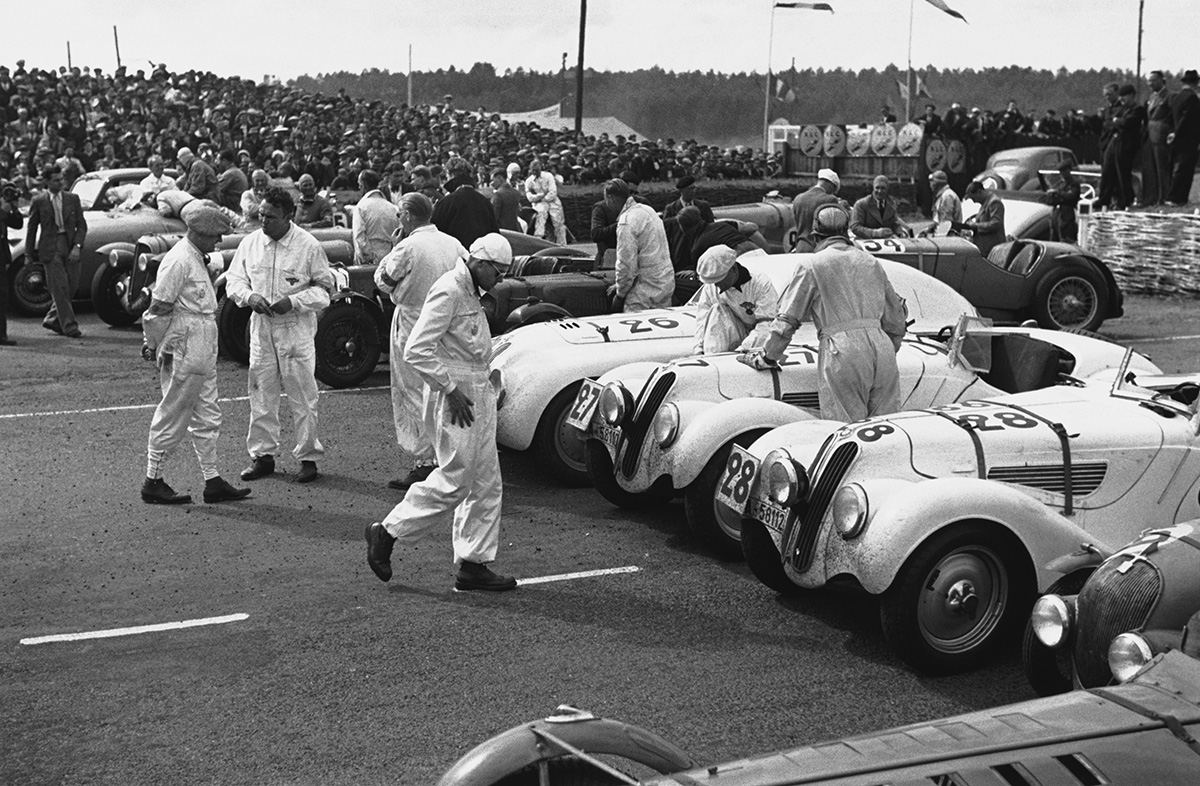
The 1.6-litre era of Formula Two, which ran from 1967-1972, had been dominated by Cosworth-engined cars from the likes of Matra, Tecno, March and Surtees - the FVA unit using a 16-valve head on a production-based block.

